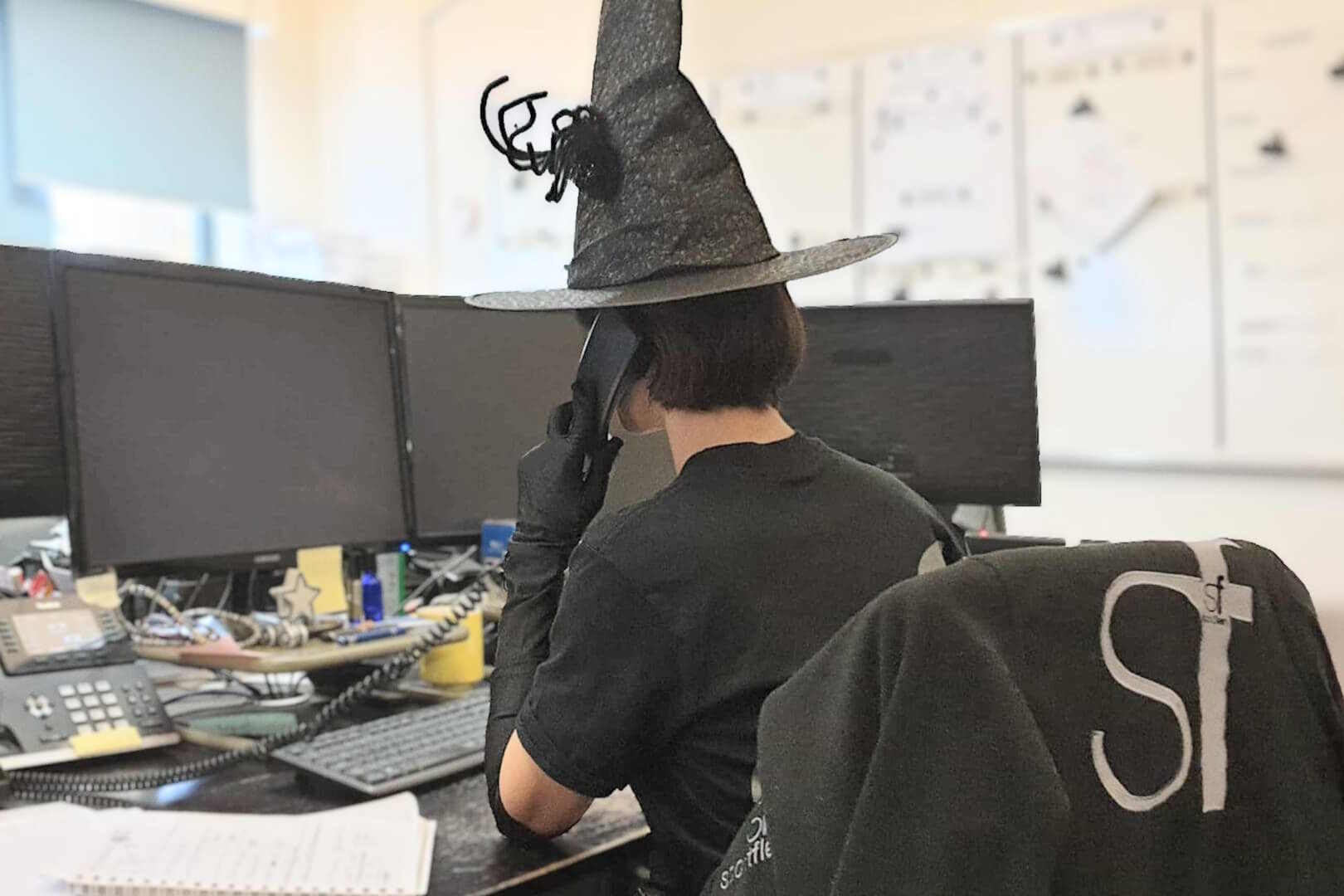Is Virtual Reality the future of theatre?
Is Virtual Reality the future of theatre?
Virtual Reality (VR) has begun to see widespread adoption across many different industries. However, while there are clear benefits in this technology when it comes to architecture or selling properties remotely, the potential that VR has in the context of the performing arts might seem less obvious. Some people believe that technology such as VR and Augmented Reality (AR) should be considered creative mediums in their own right but is it really the future of threatre?
What is Virtual Reality?
VR is the creation of a computer-generated, three-dimensional environment that is virtual but experienced as real by the user. Via a headset, the user can see their virtual environment and also interact with it. When you add in a narrative and an element of passing time then it arguably becomes a four-dimensional medium that isn’t far from gaming. So, it clearly has a lot of potential for those who are looking for a different style, or medium of theatre. Augmented Reality (AR) can also be another very useful tool. This is where computer-generated objects are added to real spaces.
The next generation of immersive theatre?
Immersive theatre has gained a lot of popularity in recent years and there is no doubt that VR has a lot to add to this. For any artist, it is arguable that the goal of their work is to immerse the viewer in a different world so perhaps this isn’t such a new practice but one that has its roots right back in the origins of art and performing art. While traditional mediums required viewers to somewhat suspend belief in order to be immersed in another world, the advance of technology has created much more literal ways to do this.
Theatre audiences today are not passive consumers
The days of an audience simply showing up to watch a performance are long gone. We have seen traditional forms of theatre evolve over the years to include much more participation from audiences, including ‘promenade’ theatre where the audience literally follows the story through many different spaces. ‘Gamified’ theatre has also increased audience participation, giving people the opportunity to influence what is taking place in terms of the action and what happens next. You really don’t have to look far to find immersive experiences in the arts either – see Van Gogh: The Immersive Experience, which toured in 2021 and continues to tour this year.
VR in theatre – a natural next step?
Given the evolution of the immersive experience, using VR in theatre does seem like a fairly logical next step. However, both VR and AR are also increasingly being viewed as creative mediums in their own right, opening up a whole new spectrum for experimentation. It offers endless possibilities for taking art and theatre in a new direction, for both audiences and those who create the art.
There will always be a place for traditional theatre when it comes to exploring ideas, themes and stories – VR and AR may not be the whole future of the theatre but they are certainly going to have a part to play.
Still Have Questions?
Our friendly team is here to help you out.

